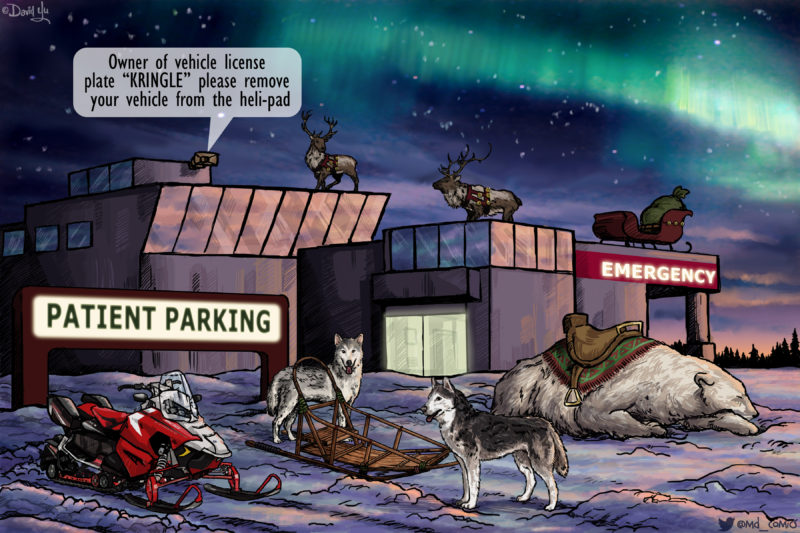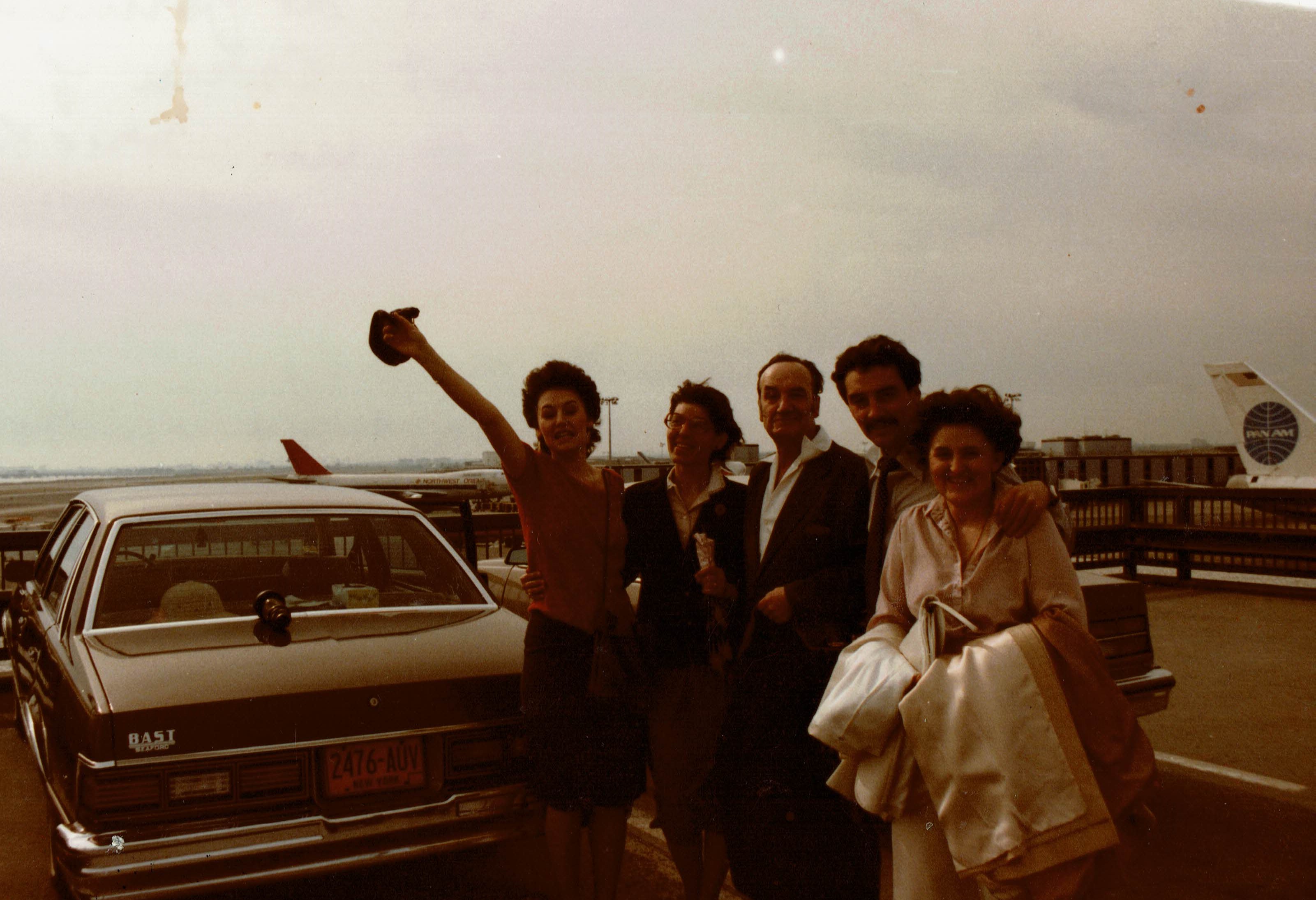Neighbors
I thought about you and your wife today — about how we were neighbors. A fleeting thought chipped away at some mental dam I had constructed, and the details of those months flooded my mind in vivid detail. It was like remembering every little element of a past night’s dream all at once after lunch. I remember meeting you for the first time. We were riding the elevators, and you were lost. You were hushed and panicked as you spoke into your phone: “I don’t know, I don’t know where she is, I just want her to be okay.” The phone was held up by your shoulder as you used your hands to balance on crutches.


